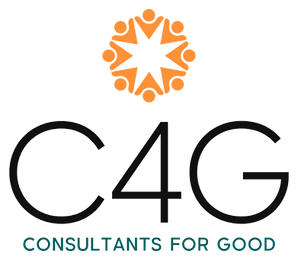In 2013, I had the honor of attending the National Association of Drug Court Professionals Annual Conference in National Harbor, Maryland.
If you’re not familiar with drug courts, I encourage you to learn about them. They provide an innovative and intensive approach blending clinical treatment with criminal justice for substance-abusing offenders.
Program evaluation studies, consistently show that these programs create better outcomes, such as decreased recidivism, and greater cost-effectiveness, than traditional criminal justice approaches.
As a researcher who sometimes works with drug court programs, I’ve reviewed the studies carefully and the quantitative evidence is largely convincing. Drug courts appear to be effective and evaluation continues to clarify under what conditions and for which offenders.
That’s the facts and figures part of the story, but there’s another side.
One of the conference highlights is a segment called the “Parade of Transformation.” In front of 4000+ drug court professionals from around the world, 8-10 real drug court clients take the stage to tell their stories.
For example:
- The single mother, addicted to meth, who advised her 7-year old daughter to escape if the police showed up so she would not be taken away
- The young man whose track marks were so bad that doctors advised amputation of his arm
- Another young man whose addiction was so severe that he had made a plan for suicide and was hours away from carrying it out
- A woman whose addiction and related crimes landed her in prison, and had custody revoked of the newborn daughter she delivered while incarcerated
- A high school student who was adopted after being born to a drug-addicted mother then took the same path, defying authority to the point that she was believed to be beyond hope
You might be surprised at how their lives unfolded from those points in time…
The single mother…her three children took the stage also, describing how their mother had broken the cycle of abuse. She now has a leadership position in her company.
One of the young men became an attorney and was recently elected magistrate in the county where he went to drug court.
Another has a thriving career and is planning his wedding.
The woman who lost her daughter regained custody and now works tirelessly as an addiction counselor.
Finally, that high school student? She’s on her way to law school.
More often than not, the numbers don’t tell you everything you need to know to truly understand program outcomes.
I can easily report that these five people had not returned to the criminal justice system over a period of time, but that’s only one part of what success has looked like for them. Qualitative data, that is, narrative descriptions and information that provide us with context and richness, allow us to genuinely describe client change.
Accountability is paramount in today’s nonprofit climate, as it should be. Furthermore, numbers and statistics are critical to demonstrating stewardship and effectiveness. However, don’t discount the supplemental value of a qualitative perspective, which is most powerful when used hand-in-hand with quantitative data. That’s how compelling stories are told.


